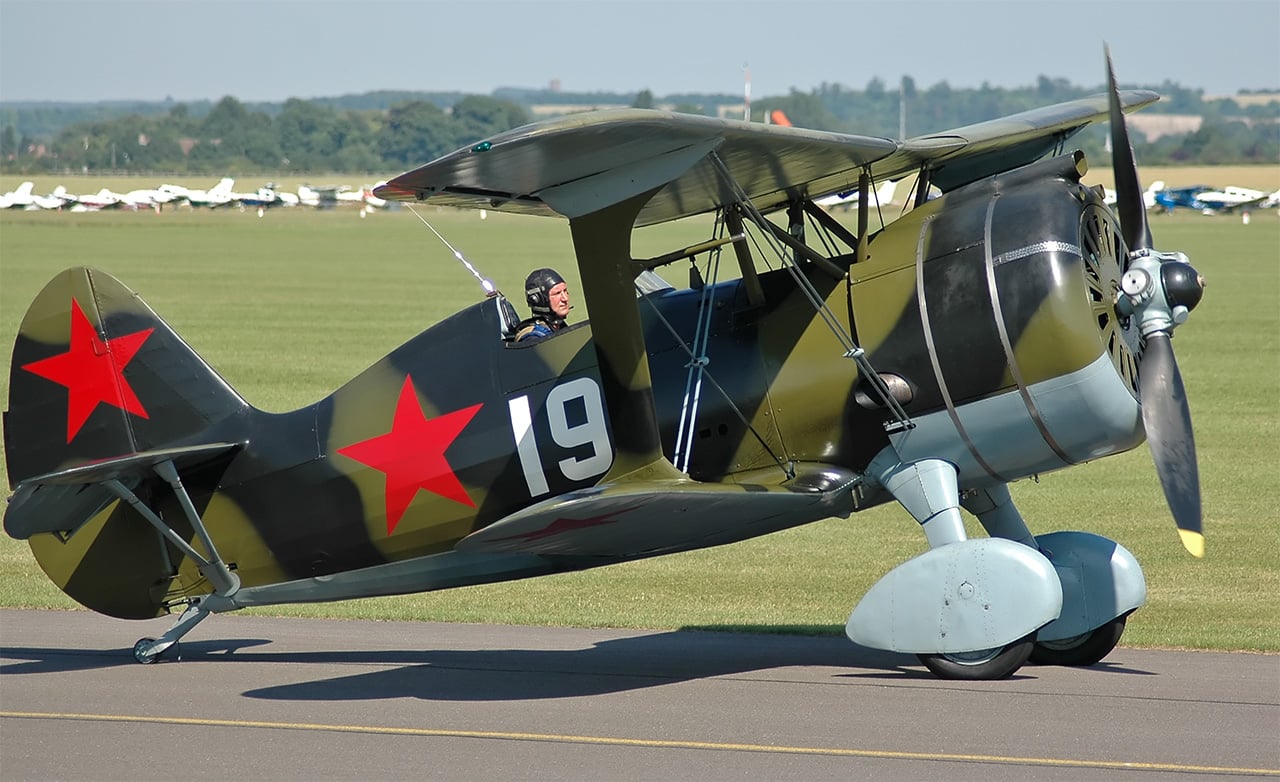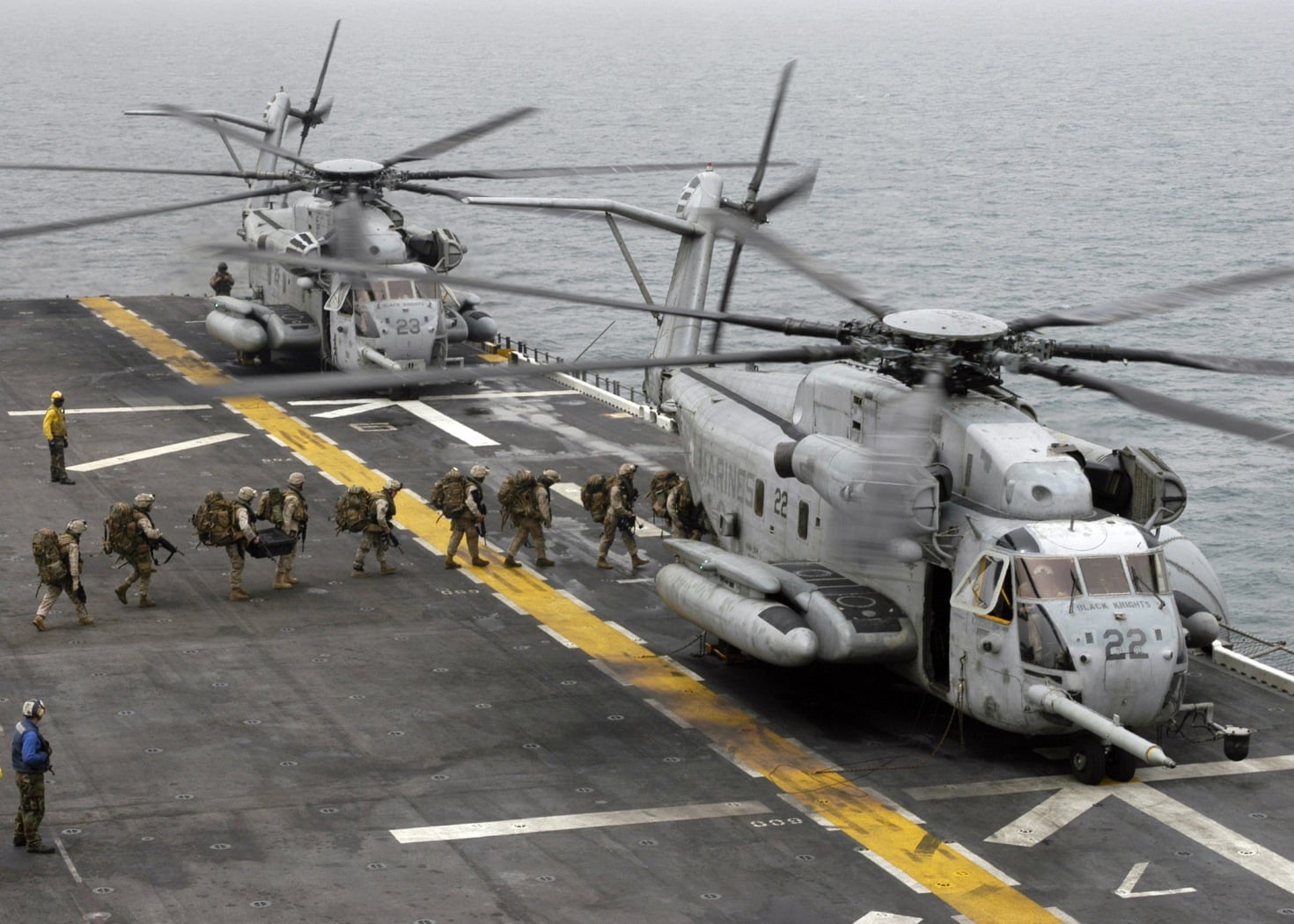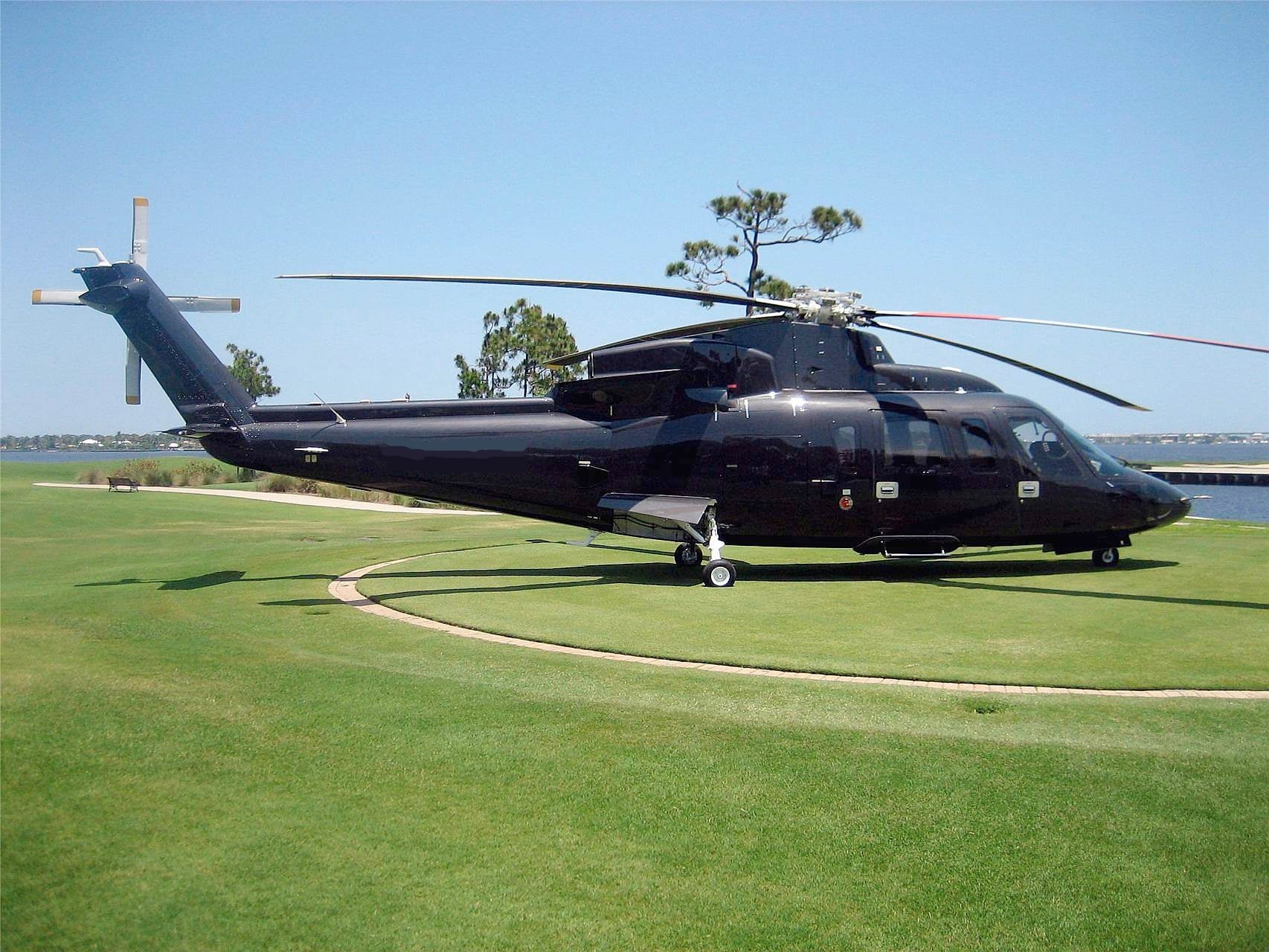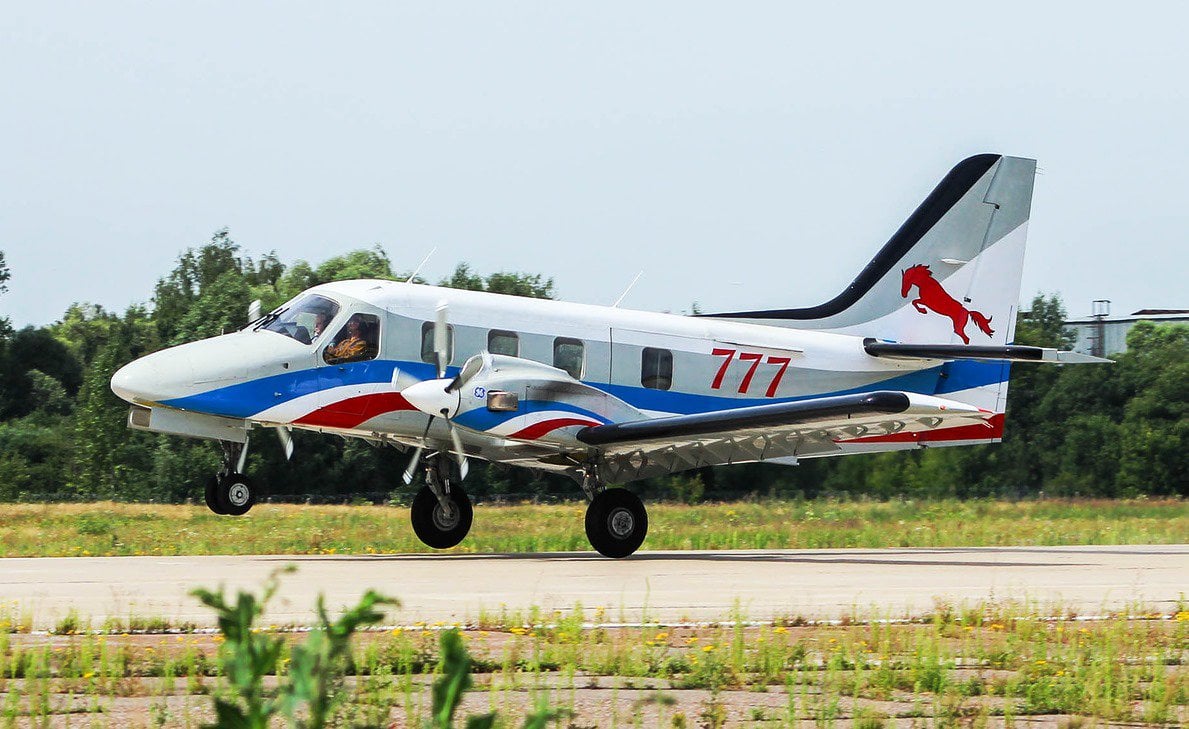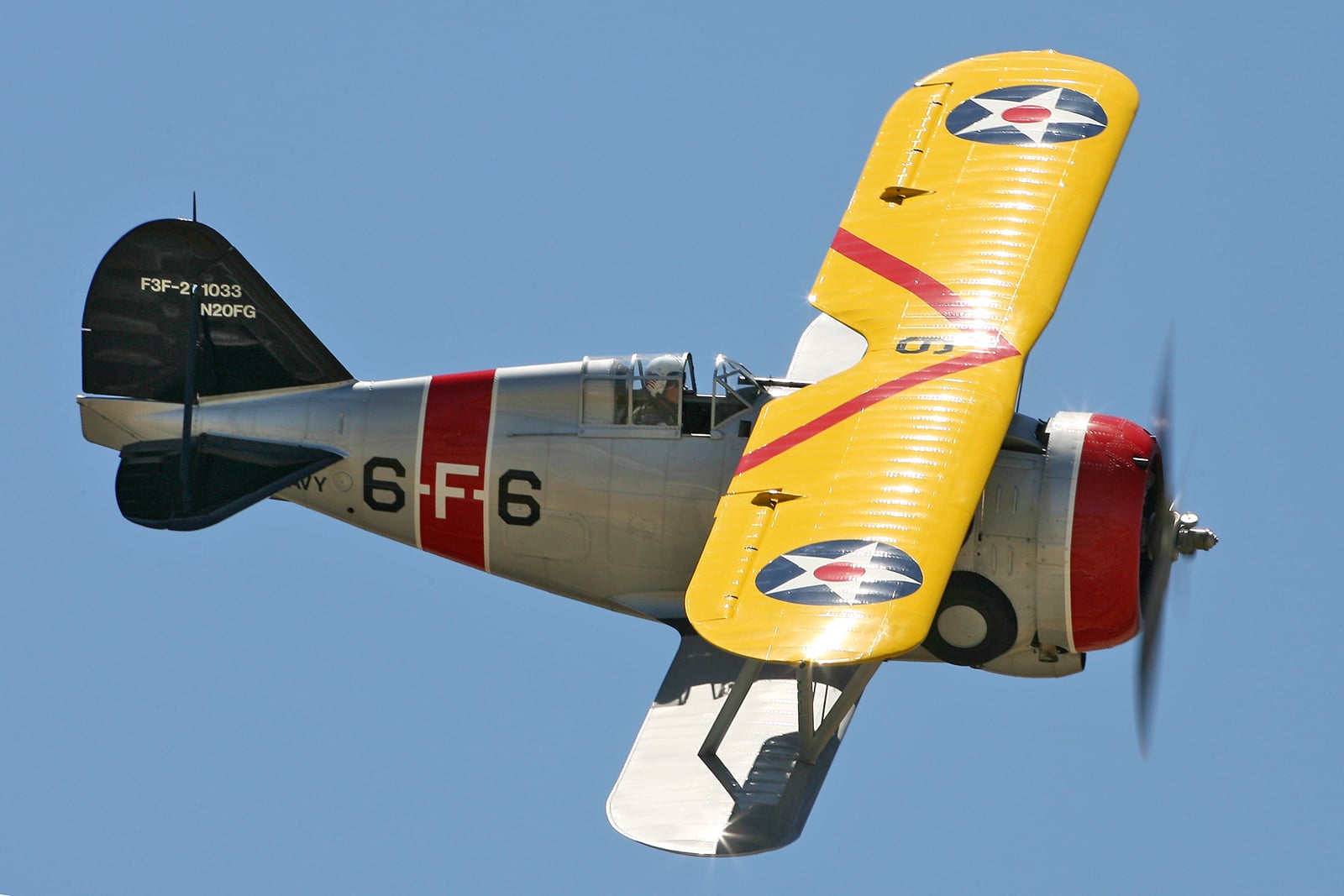 The German aircraft manufacturer Ernst Heinkel Flugzeugwerke GmBH was founded in 1922 by E. Heinkel. Its activities started with the design and construction of military hydroaeroplanes, and record-breaking sports aircraft. In 1935, the firm released who later became widely known fighter biplane Not 51 and became famous in the Second world war twin-engine bomber, Not 111. In 1936, took off the float torpedo Not 115.
The German aircraft manufacturer Ernst Heinkel Flugzeugwerke GmBH was founded in 1922 by E. Heinkel. Its activities started with the design and construction of military hydroaeroplanes, and record-breaking sports aircraft. In 1935, the firm released who later became widely known fighter biplane Not 51 and became famous in the Second world war twin-engine bomber, Not 111. In 1936, took off the float torpedo Not 115.
Aviation
THE STORM “FIATS”
 Soviet istrebitel-polutoraplan-15. In the early 30-ies of the last century in accordance with the existing at that period, the concept involving joint use maneuverable fighter biplanes and high-speed fighter-monoplanes, the Soviet Union developed several new aircraft, various aerodynamic schemes. Known aircraft designer N. Polikarpov, who achieved considerable success in the creation of a fighter-biplane (in particular, step I-5), was commissioned by the beginning of 1933 to create a fighter-biplane I-13 mixed design. However, in the process of working on this machine revealed that the traditional concept of the fighter has no prospects. Work And 13 closed, and the design team of No. 3, together with the head of it.Polikarpov connected to the development of all-metal fighter-monoplane I-14 design Sukhoi.
Soviet istrebitel-polutoraplan-15. In the early 30-ies of the last century in accordance with the existing at that period, the concept involving joint use maneuverable fighter biplanes and high-speed fighter-monoplanes, the Soviet Union developed several new aircraft, various aerodynamic schemes. Known aircraft designer N. Polikarpov, who achieved considerable success in the creation of a fighter-biplane (in particular, step I-5), was commissioned by the beginning of 1933 to create a fighter-biplane I-13 mixed design. However, in the process of working on this machine revealed that the traditional concept of the fighter has no prospects. Work And 13 closed, and the design team of No. 3, together with the head of it.Polikarpov connected to the development of all-metal fighter-monoplane I-14 design Sukhoi.
SIKORSKY MH-53E SEA DRAGON
 The first flight of the new helicopter, designated V-65, was held in October 1964. This car was designed as a replacement for the aging transport helicopters amphibious S-61 in marine corps of the United States. S-65 had the floats and it can be loaded through the rear hatch even afloat.
The first flight of the new helicopter, designated V-65, was held in October 1964. This car was designed as a replacement for the aging transport helicopters amphibious S-61 in marine corps of the United States. S-65 had the floats and it can be loaded through the rear hatch even afloat.SIKORSKY S-76
 In 1974, the firm Sikorsky started to create on the basis of a military helicopter S-70 the first commercial passenger 12-passenger helicopter. When designing new machines, great attention was paid to the designers, its appearance and ease of use in a civilian setting. The first flight of the new machine took place in March 1977.
In 1974, the firm Sikorsky started to create on the basis of a military helicopter S-70 the first commercial passenger 12-passenger helicopter. When designing new machines, great attention was paid to the designers, its appearance and ease of use in a civilian setting. The first flight of the new machine took place in March 1977.
THE PLANE “RYSACHOK”
 The plane “Rysachok” (including the “extra long” variants) – has a simple and technological design of cheap aluminum alloy. The manufacture and Assembly of all modifications are performed in the same process a snap, with up to 90% shared parts and the same percentage of the total components of finished products, including engines and avionics. The cabin unpressurized, with a sliding back passenger door of large dimensions.
The plane “Rysachok” (including the “extra long” variants) – has a simple and technological design of cheap aluminum alloy. The manufacture and Assembly of all modifications are performed in the same process a snap, with up to 90% shared parts and the same percentage of the total components of finished products, including engines and avionics. The cabin unpressurized, with a sliding back passenger door of large dimensions.
THE HUNCHBACK OF SEATTLE
 Carrier-based fighter Boeing F4B. Fighter Boeing F4B firms on merit according to the United States one of the best fighter biplanes of the late 20-ies of the last century. He was in service for about 20 years and was the last fighter-biplane of mixed construction. His successor aircraft had all-metal construction of fuselage and wing.
Carrier-based fighter Boeing F4B. Fighter Boeing F4B firms on merit according to the United States one of the best fighter biplanes of the late 20-ies of the last century. He was in service for about 20 years and was the last fighter-biplane of mixed construction. His successor aircraft had all-metal construction of fuselage and wing.
WINGED “FIATS”
 Fighter FIAT CR-32. The plane, which will be discussed, for the five years preceding the Second world war, was a symbol of Italian fighter aircraft. Small, nimble, he observed the conflicts that arose in South America, in China, in Africa, in the middle East. And in Europe is also not without “Italian fighter”—so in most cases called FIAT CR-32 in various countries around the world.
Fighter FIAT CR-32. The plane, which will be discussed, for the five years preceding the Second world war, was a symbol of Italian fighter aircraft. Small, nimble, he observed the conflicts that arose in South America, in China, in Africa, in the middle East. And in Europe is also not without “Italian fighter”—so in most cases called FIAT CR-32 in various countries around the world.
OUR ANSWER “STRATOJET”
 Long-range bomber Tu-16. Large-scale development of high-speed jet bombers, long-range flight, which began in the USA after the Second world war, could not remain unnoticed in the Soviet Union. A year after the publication of American requirements for such aircraft (in late 1946) to the design Bureau of A. N. Tupolev, Ilyushin and Sukhoi began the design of machines with the same parameters.
Long-range bomber Tu-16. Large-scale development of high-speed jet bombers, long-range flight, which began in the USA after the Second world war, could not remain unnoticed in the Soviet Union. A year after the publication of American requirements for such aircraft (in late 1946) to the design Bureau of A. N. Tupolev, Ilyushin and Sukhoi began the design of machines with the same parameters.
THE PERFECT BIPLANE
 Carrier-based fighter Grumman F3F of the company. In the early 30-ies of the American company Grumman was the undisputed leader in the production of fighter biplanes for carrier-based aircraft. The reason for this was the desire of the designers of this company to apply on their aircrafts with the latest technical achievements. The firm’s assets — development of the original scheme of the landing gear, enclosed cockpit and all-metal fuselage-monocoque with a smooth lining.
Carrier-based fighter Grumman F3F of the company. In the early 30-ies of the American company Grumman was the undisputed leader in the production of fighter biplanes for carrier-based aircraft. The reason for this was the desire of the designers of this company to apply on their aircrafts with the latest technical achievements. The firm’s assets — development of the original scheme of the landing gear, enclosed cockpit and all-metal fuselage-monocoque with a smooth lining.
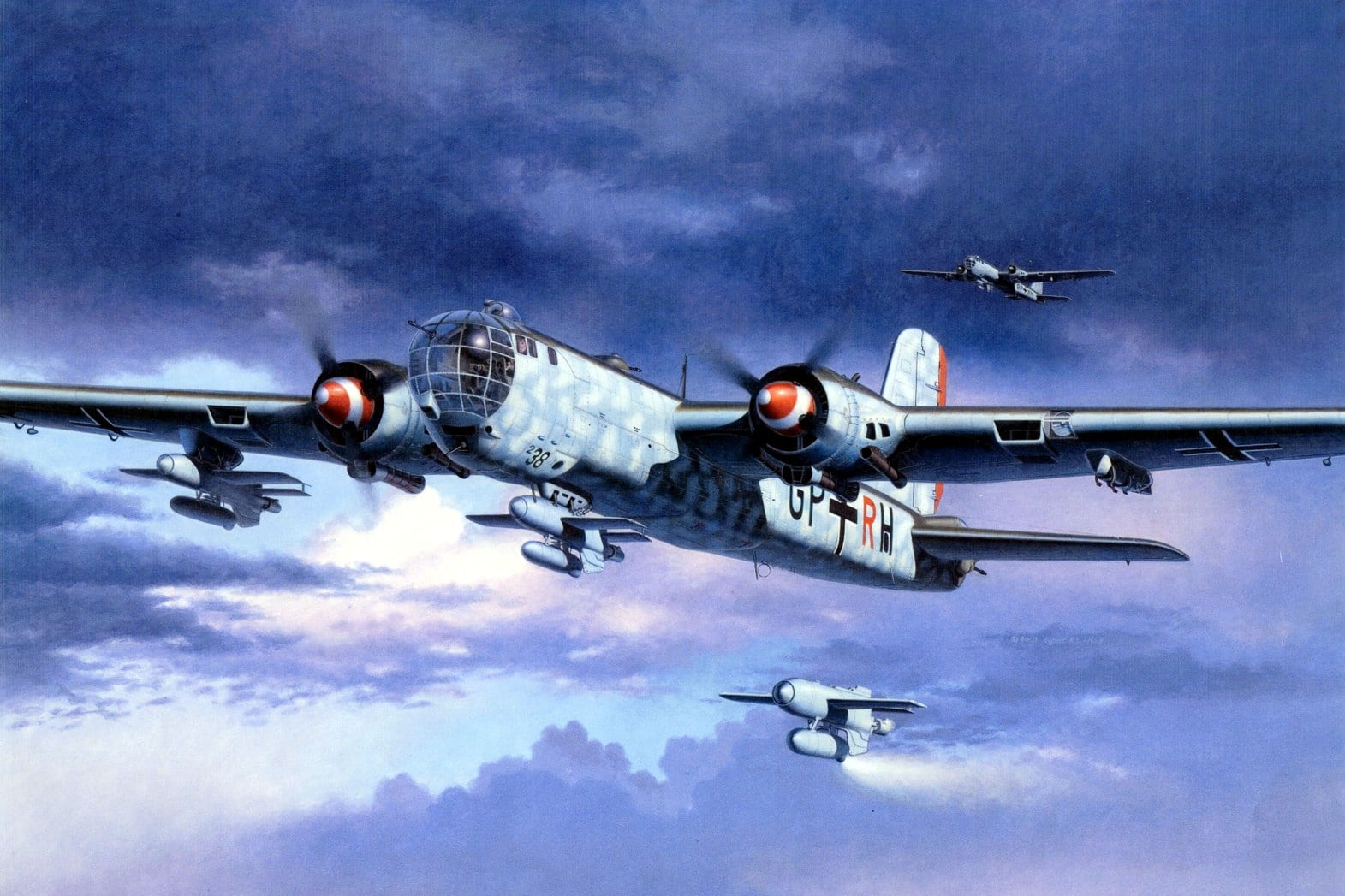
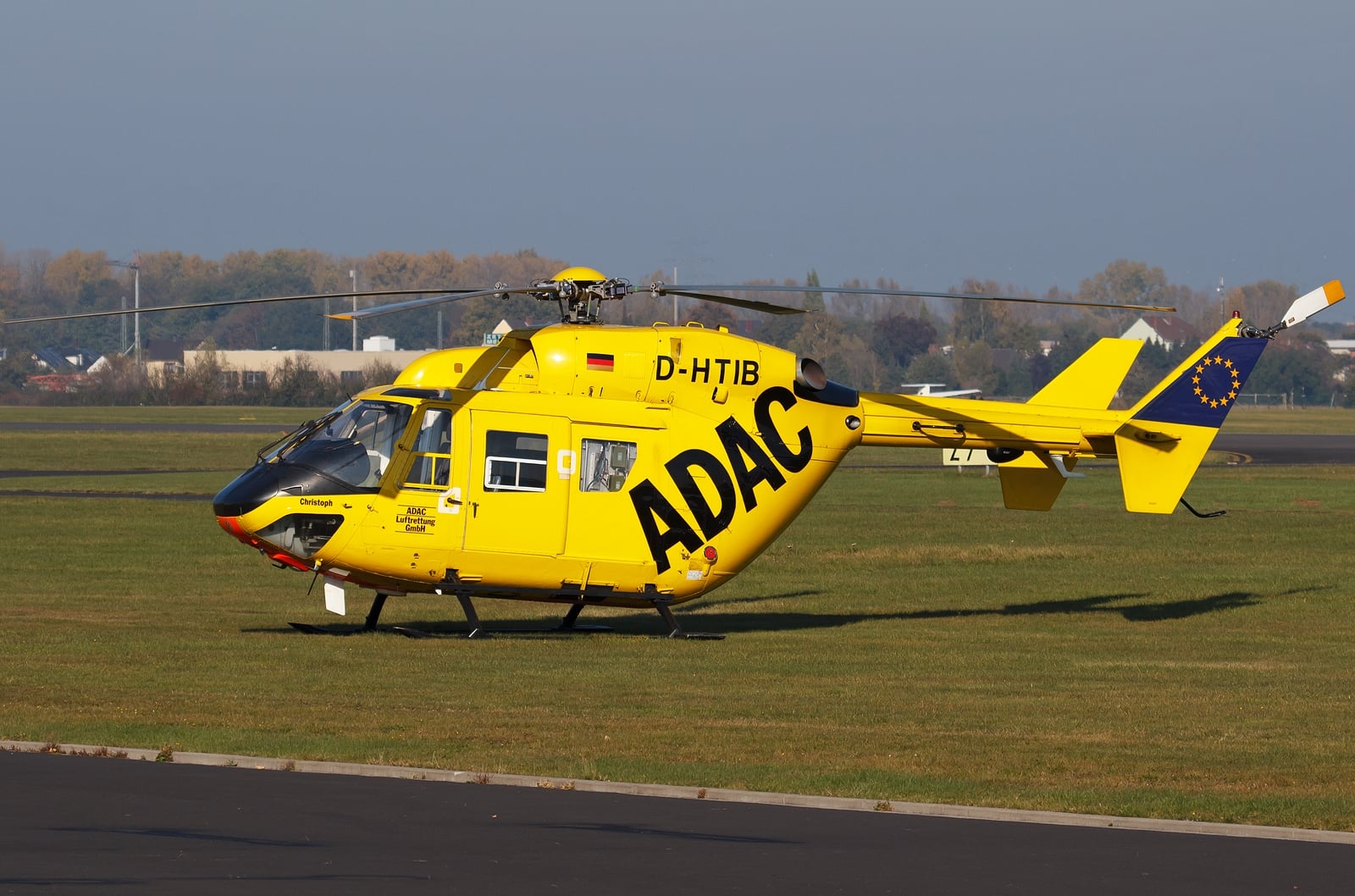
 This is the first-born of the joint helicopter program of Germany and Japan. Serial production of VK-117 deployed in 1982.
This is the first-born of the joint helicopter program of Germany and Japan. Serial production of VK-117 deployed in 1982.